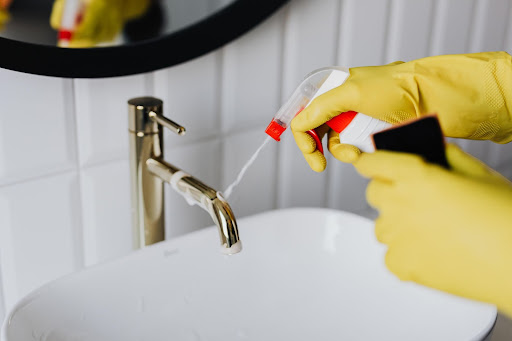For decades everyone’s go-to topic for conversation was the weather. Today, people living in urban areas seem to be obsessed about air pollution, and for a good reason. The rising number of cars, industrial fumes, and ongoing deforestation affect the air we breathe and have become a cause of serious respiratory and other health problems. However, while everyone knows and worries about outdoor air pollution, few are aware of indoor air pollution that can be as widespread and serious as pollution in the streets. So, in this article let me share with you the dangers of home air pollution.
There is increasing evidence that the air within homes and buildings can be more polluted than outdoor air. This includes pollution from particulate matter, which are tiny dust and dirt particles, and gases like carbon monoxide, sulfur dioxide and nitrogen oxide. These pollutants can be hard to get rid of, especially if we are unaware of their harm and can usually stay in our homes for years, leading to long-term exposure and health deterioration. What makes the matter even more serious is the fact that with the pandemic and overall lifestyle changes we are more likely to spend time indoors, which means that today more than ever we are exposed to indoor air pollution.
There are several unlikely causes that lead to deterioration of indoor air quality. These include heating and cooking at home, damp and mold, smoke and vapor, chemicals for cleaning and building materials.
Heating and cooking with gas is associated with the release of nitrogen dioxide and carbon monoxide. These can be toxic to people and can irritate the lungs. Actually, according to the new study one in eight childhood asthma cases are linked to gas stoves. The US Consumer Product Safety Commission even advocates for fully banning them. In addition to emitting gas when in use, stoves can emit toxic compounds like benzene, which is a carcinogen. A study in California found that 99% of homes showed signs of benzene in the air.
Mold is another widespread pollutant that can produce toxic compounds that are hard to get rid of. Some forms of mold are dangerous to health, causing symptoms like irritated eyes, skin rashes, chronic fatigue, sneezing and runny nose, chronic cough and headaches. There are studies indicating that a large number of asthma cases could be a direct result of mold exposure. Mold is especially common in damp areas at home, including the kitchen and bathroom and require immediate attention.

Chemicals for cleaning and building materials are another source of indoor air pollution. For example, toxic particles like volatile organic compounds (VOCs) are particles that are found in paint, fabrics, glue, plastics and synthetic air fresheners and can easily evaporate, which means that they are easy to ingest. A specific type of VOC has even been found to cause cancer. You can find a full list of indoor air pollutants and their sources here.
How to know if you have been exposed to indoor air pollution? The first step is to observe the environment and look for possible sources of air pollution. Unfortunately, that might require going through all of your products to check for possible harmful materials, which can be time consuming. There are also signs and symptoms you can look out for. These include: allergies, sinus infections, agitated allergies and asthma, other respiratory problems, fatigue, headache, dizziness, itchiness, dry eyes and runny nose. Children and elderly are more likely to develop these problems. There are cases when even short term exposure is enough to develop symptoms, however in many cases developing a disease might take years of exposure and cause respiratory diseases, heart disease and cancer. So, it is never too early to start monitoring home air quality.
So, what can you do? First of all, start by looking for possible sources of air contamination. Check the contents of your cleaning and building products, avoid old food, don’t leave damp areas unattended. Pollutants can come in various forms, including hard particles, liquid and gas and poison your health before you know it. After getting rid of possible sources of pollution, look for preventive measures to keep your home clean. Try to avoid typical toxic cleaners that are commonplace today, and replace them with less volatile compounds and more natural cleaning formulations.
The first and foremost in this process is investing in air filter systems for homes and offices. I have been using AirDoctor’s purification products which remove the smallest pollutants like bacteria, smoke, pollen, mold and pet dander. Air purifiers are especially worthwhile if you are concerned about your respiratory health. Other things I do for air quality include actively using ventilation (especially when cooking) and letting in fresh air. We even have some “air-cleaning” houseplants that help clean the air. Further, don’t forget to add green plants to your living and work spaces. Studies have shown that increasing plants helps purify toxins from the air.
If you are concerned about your symptoms and suspect that they might be coming from indoor pollution or if you would like to learn more about ways to prevent disease and feel as healthy as possible, then I encourage you to schedule an appointment with me. We can start with a complimentary 15-minute discovery session and discuss your health concerns.
To your optimal health!
Dr. John Dempster BSc., ND, FAAFM
The Dempster Clinic- Center for Functional Medicine


